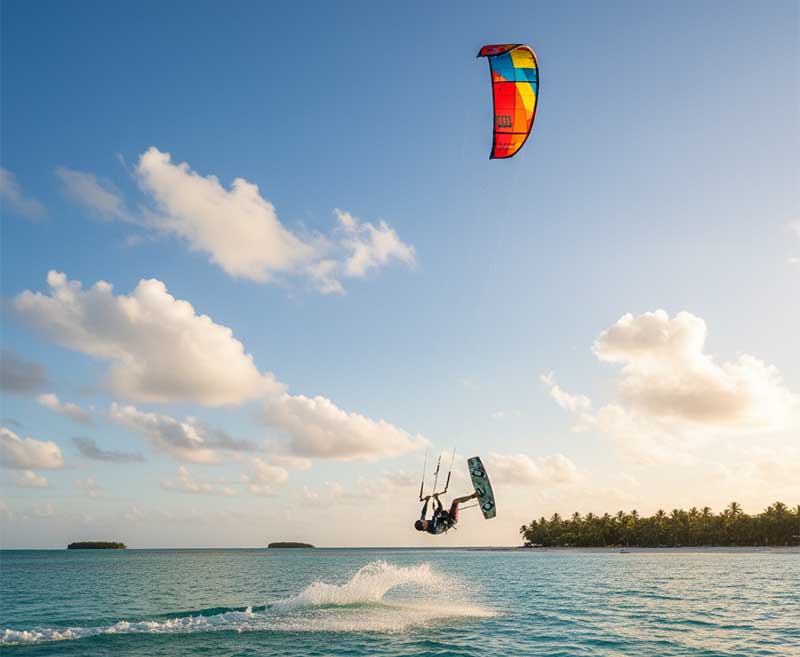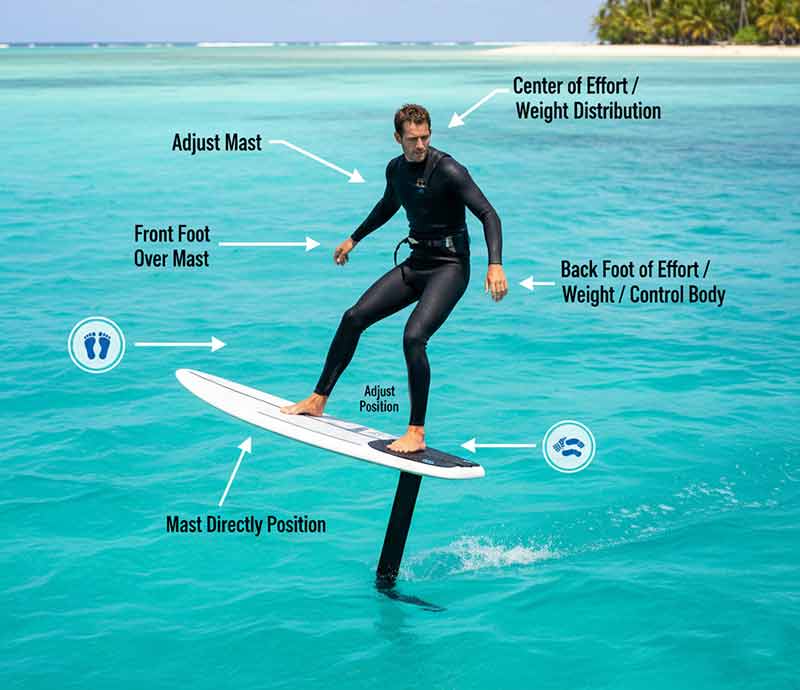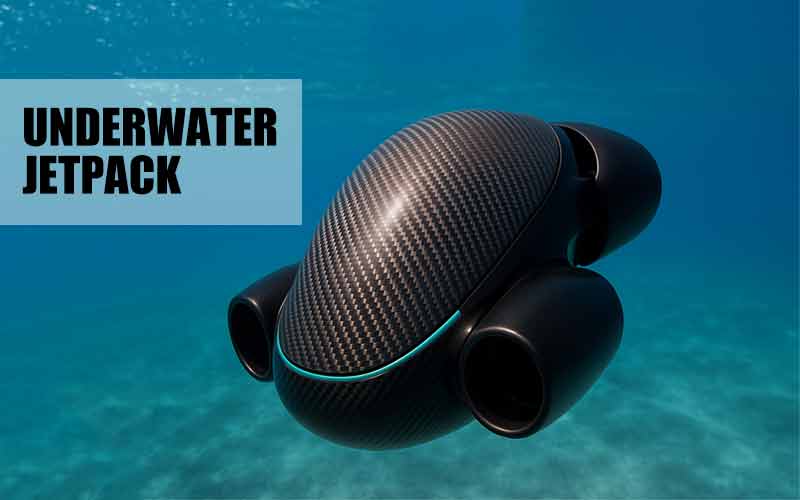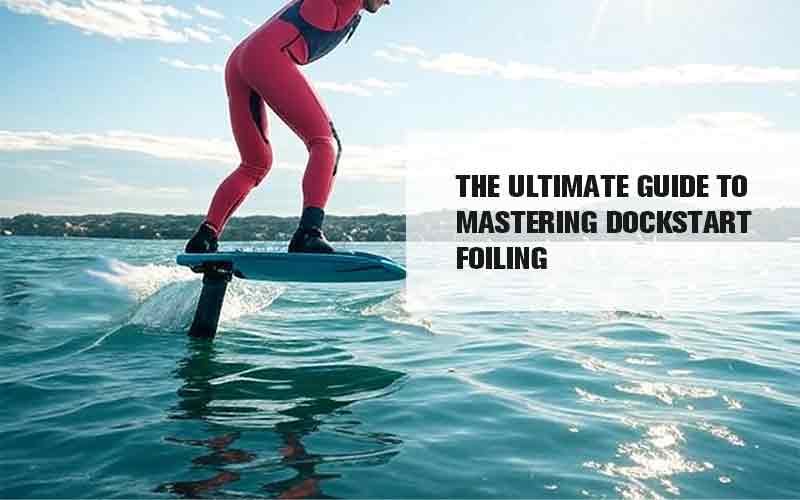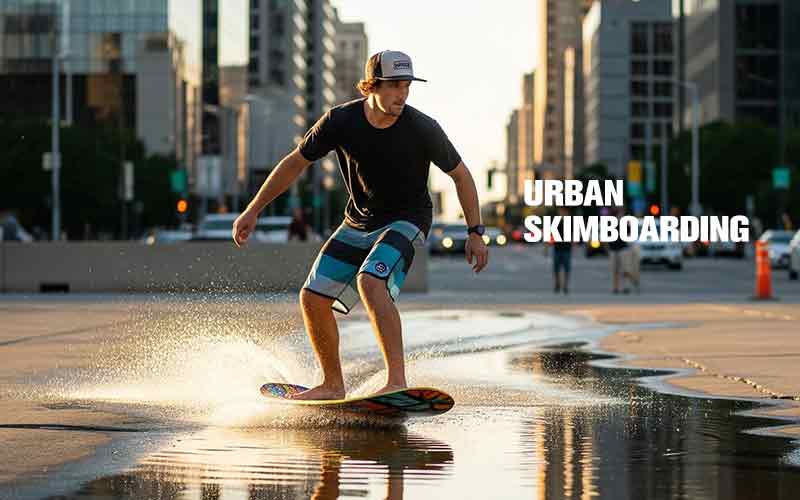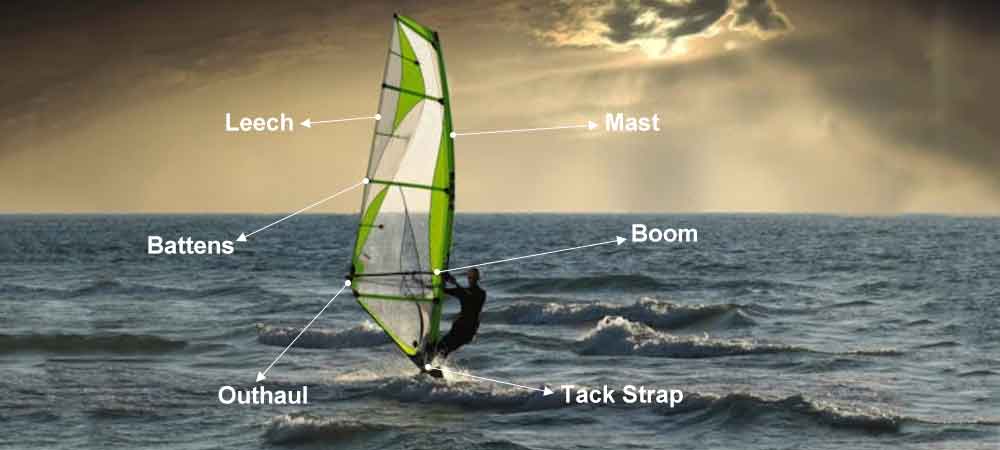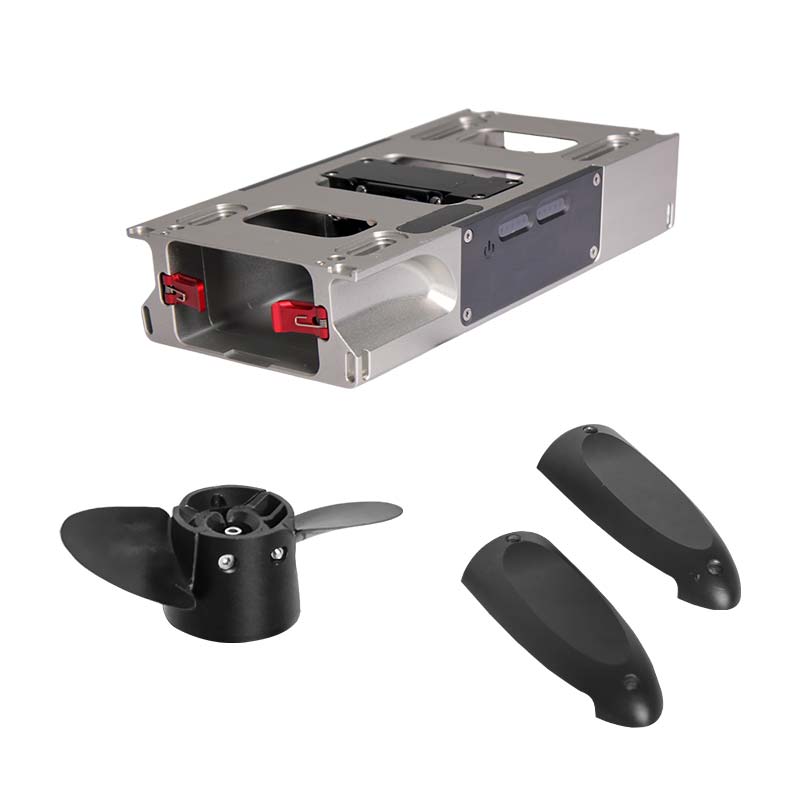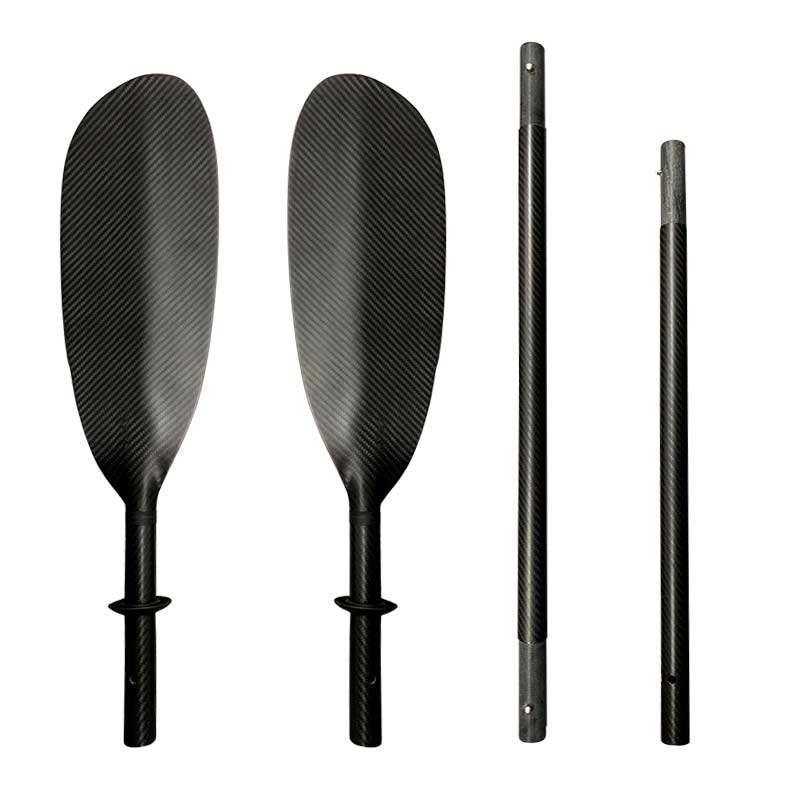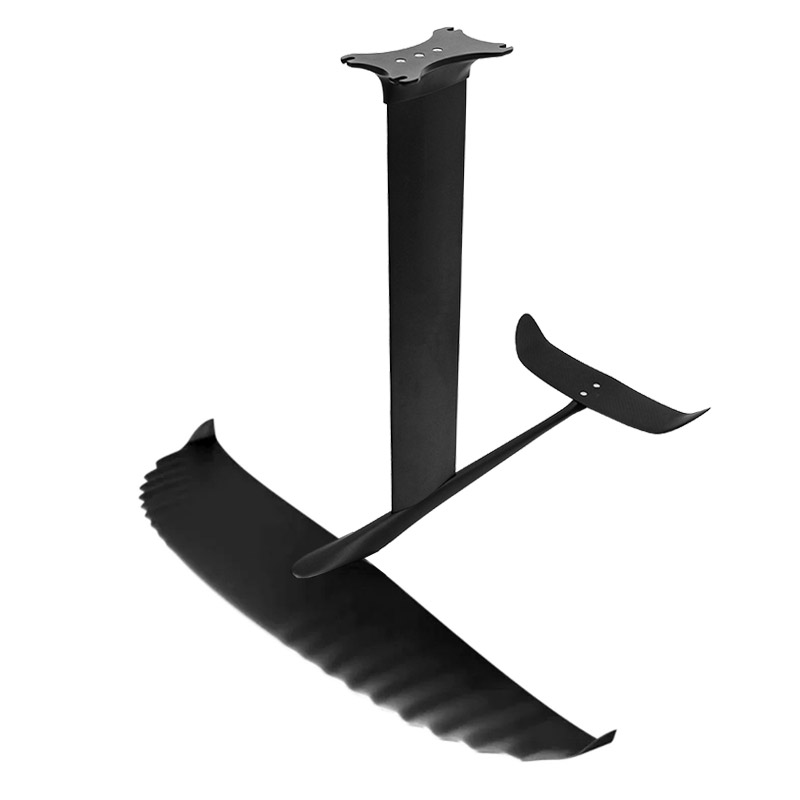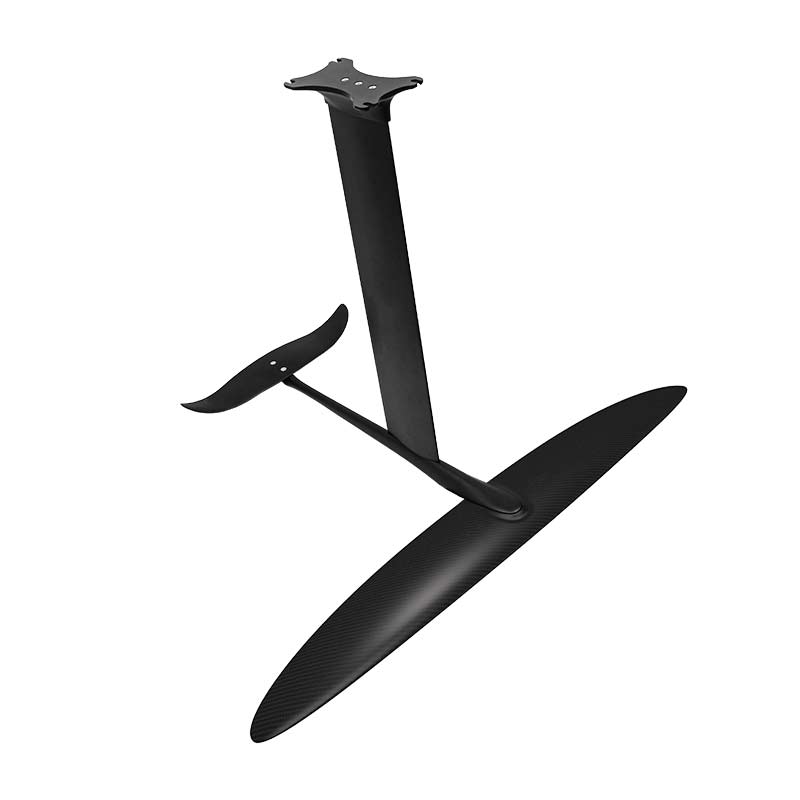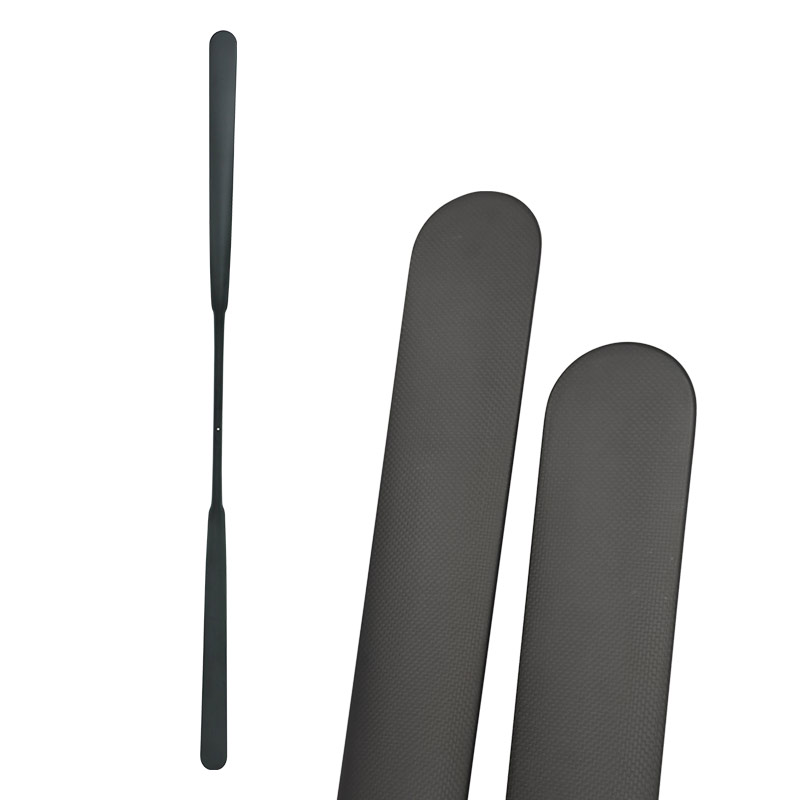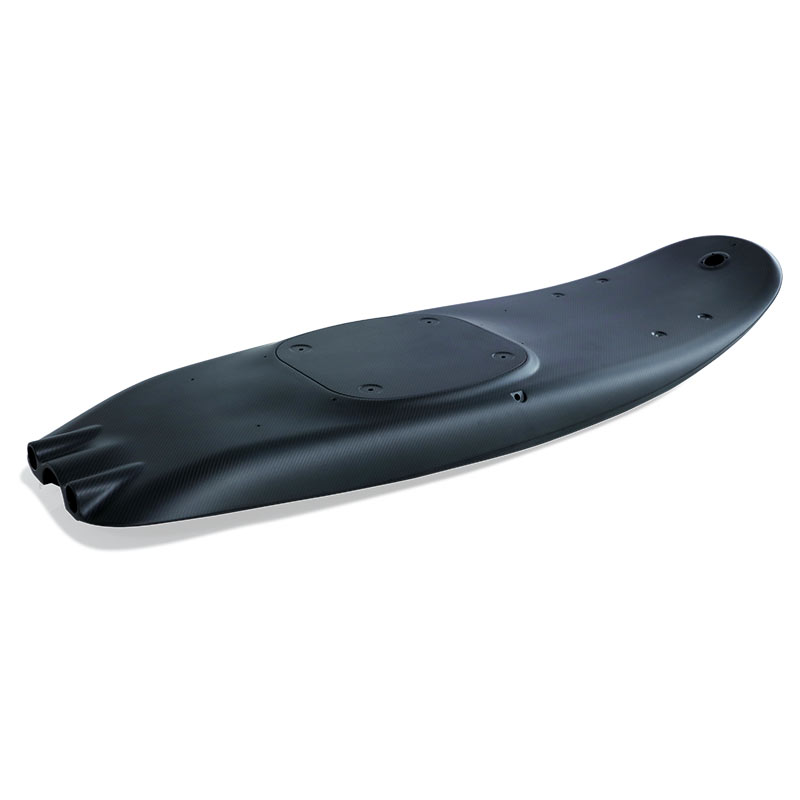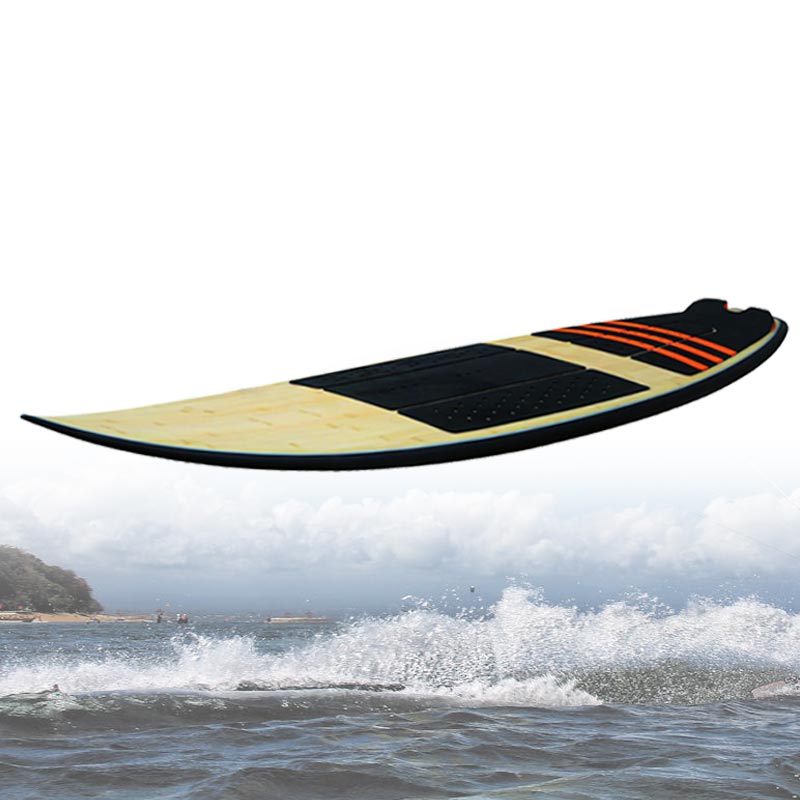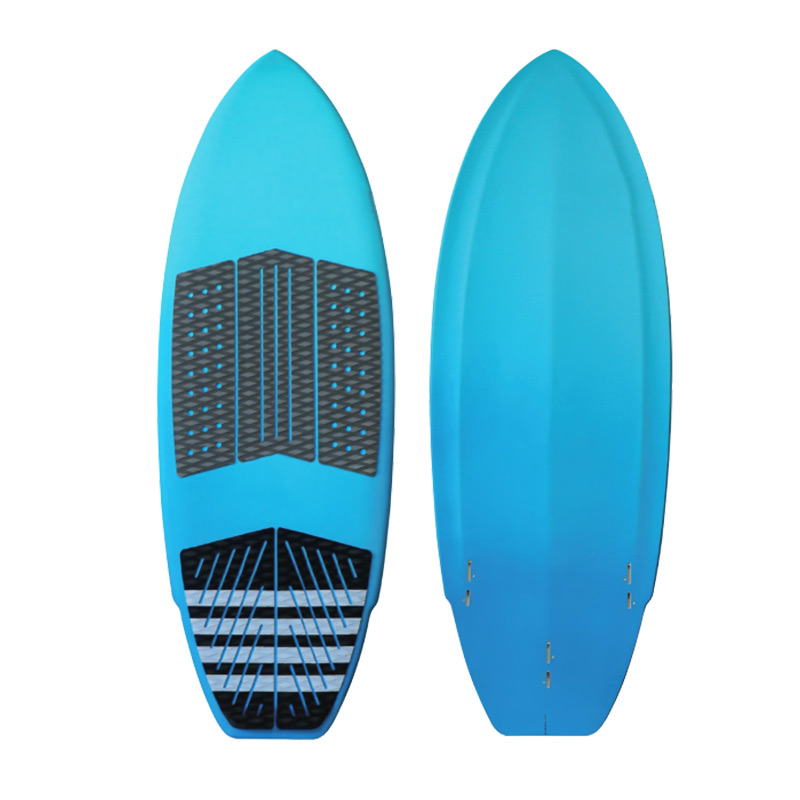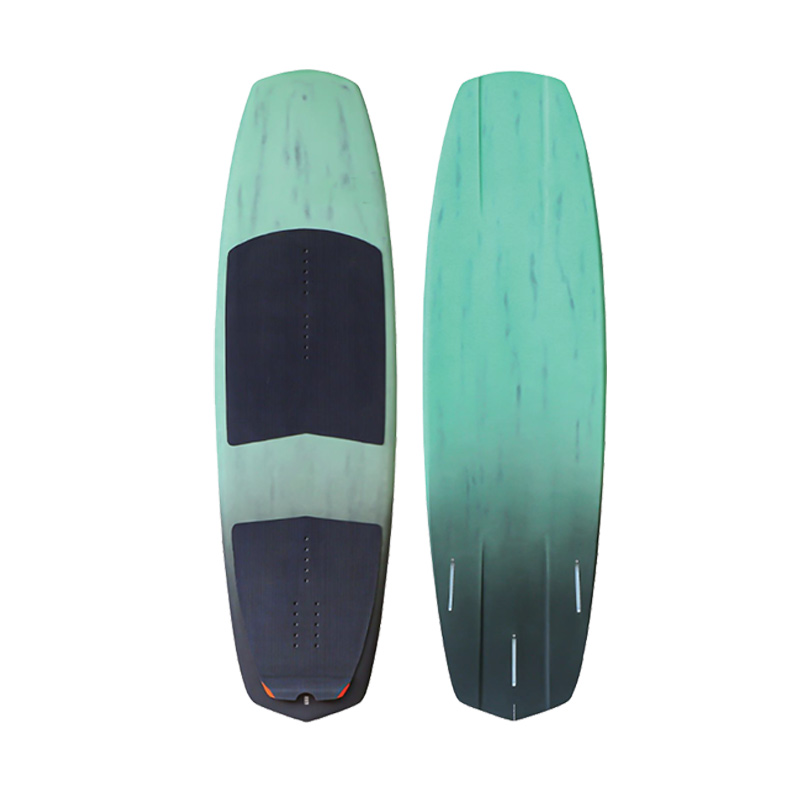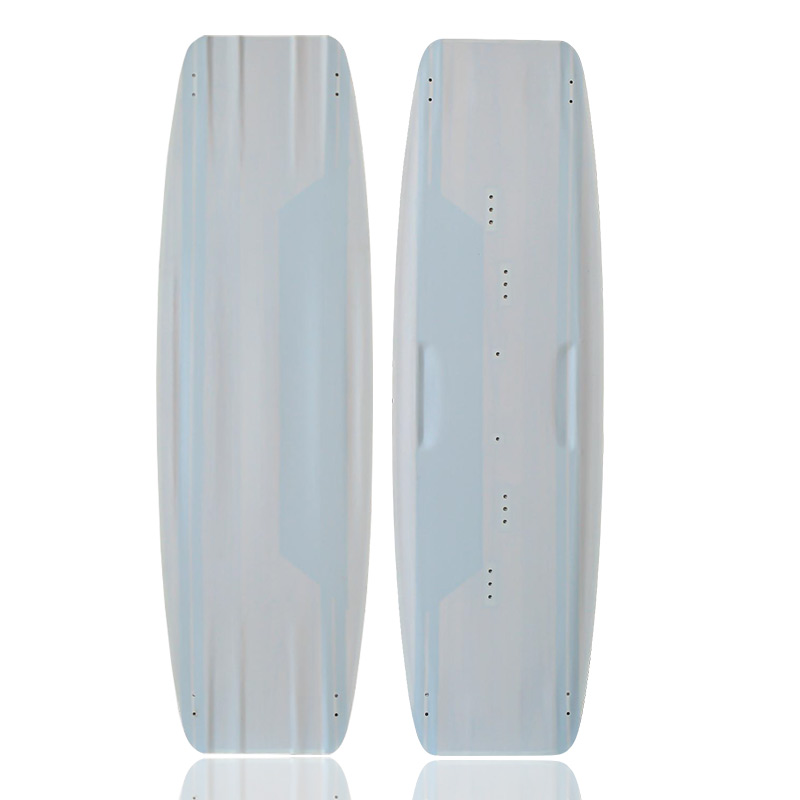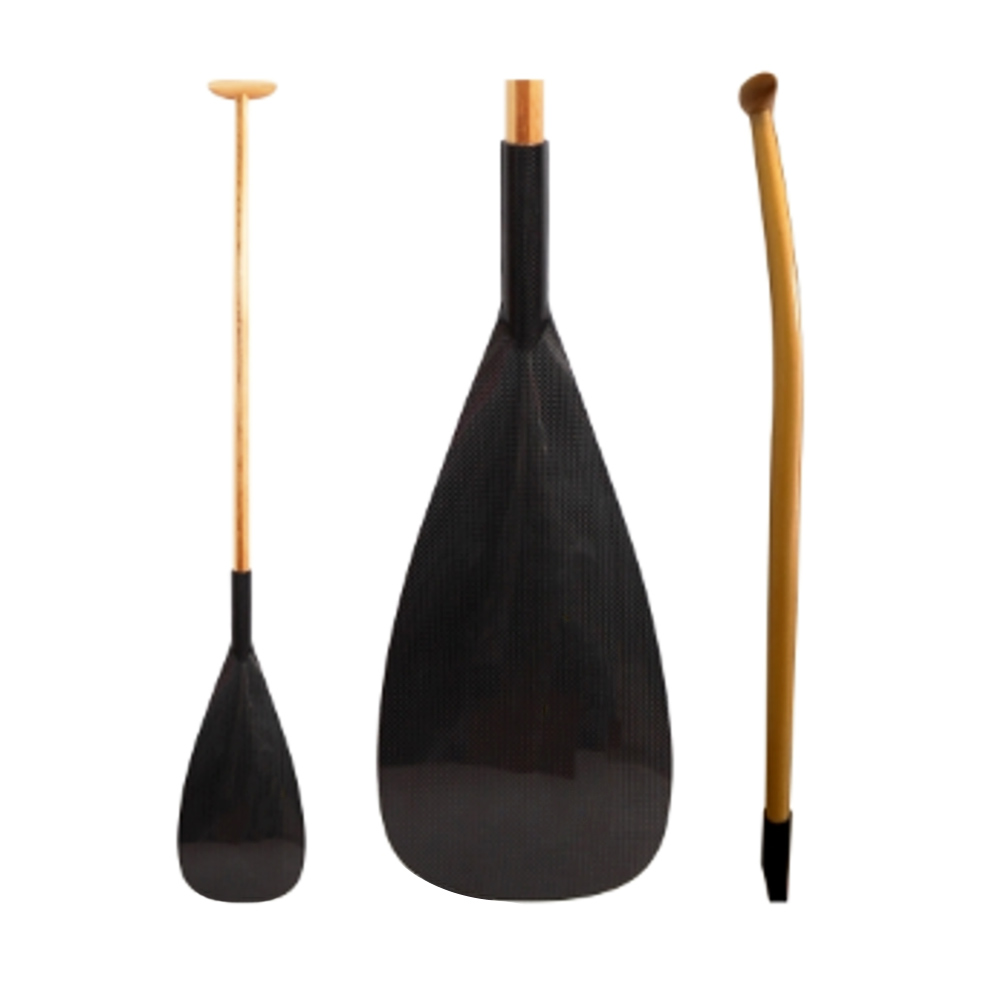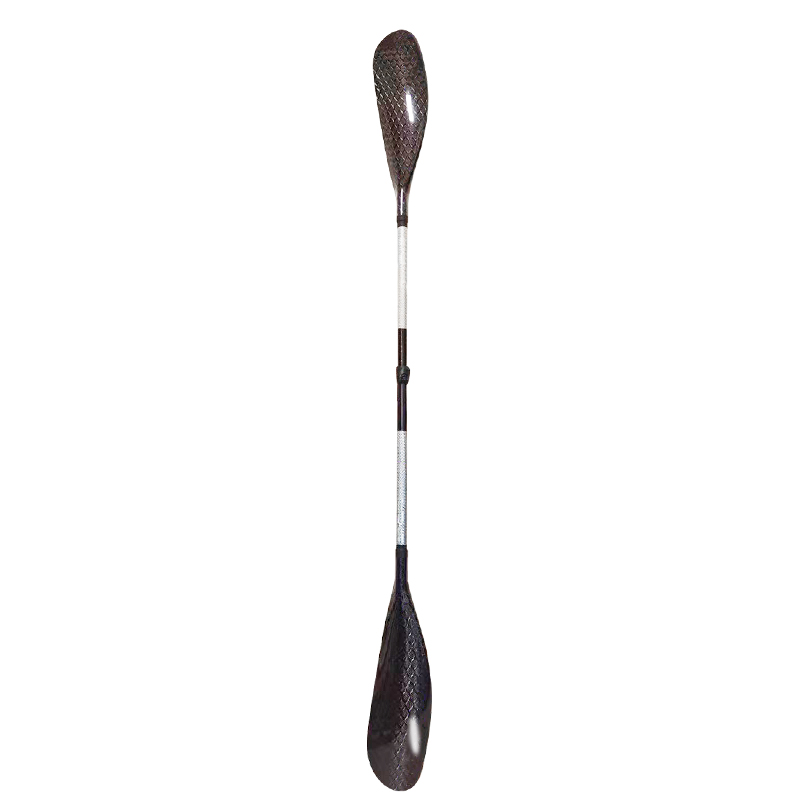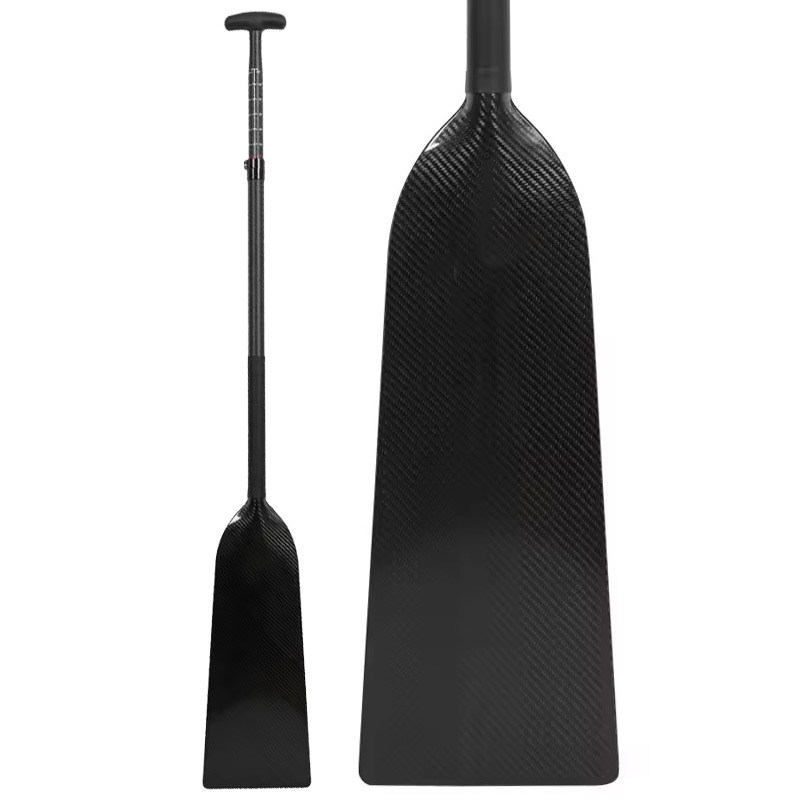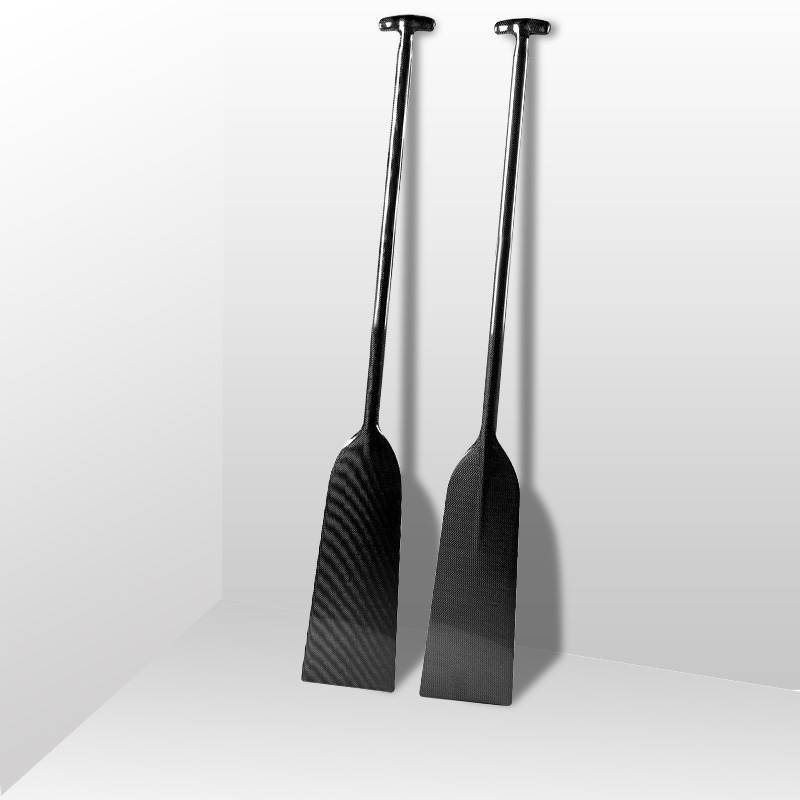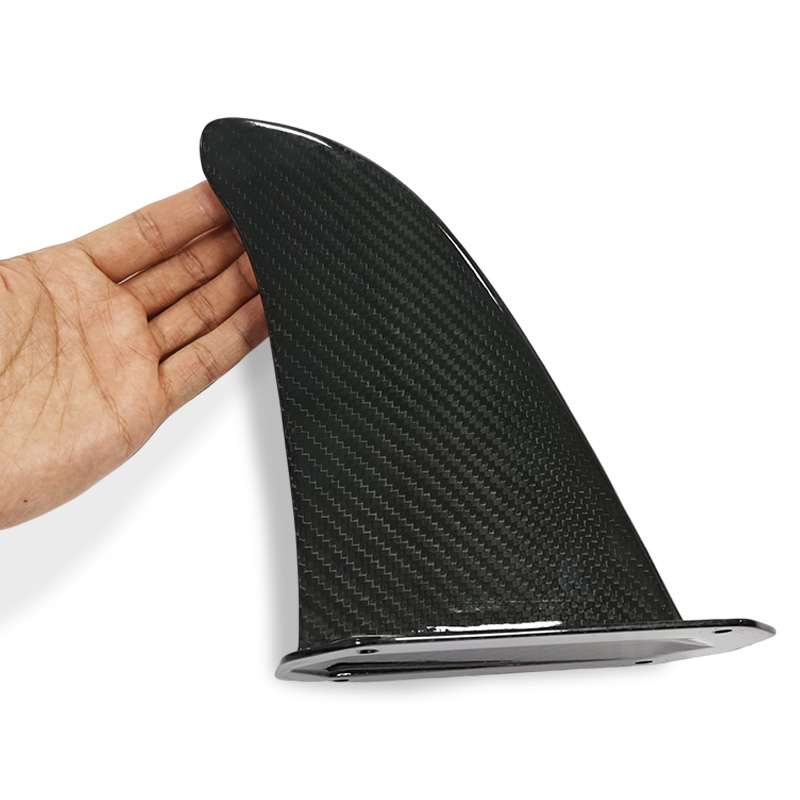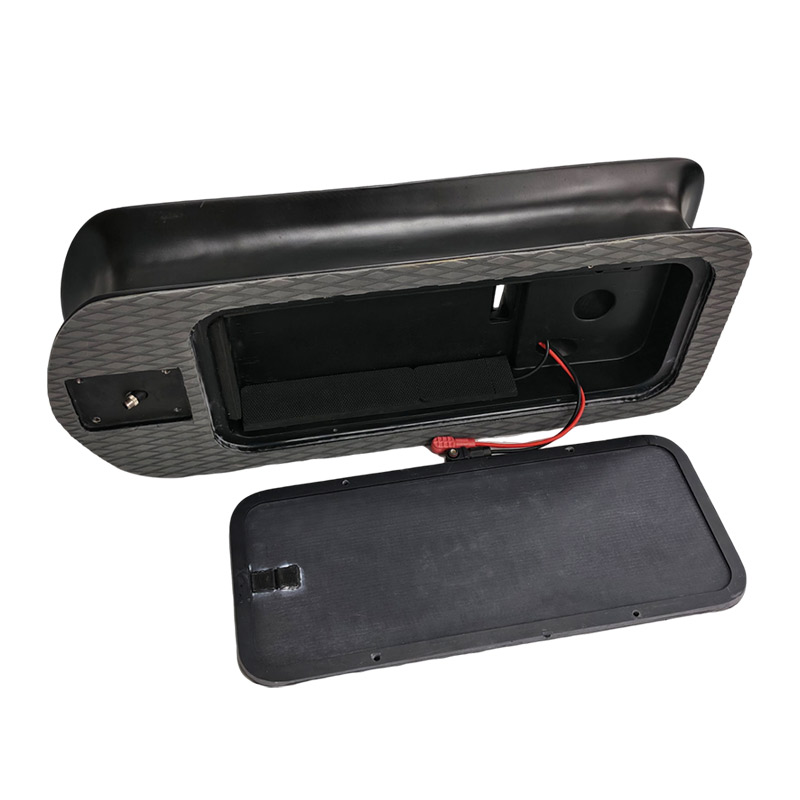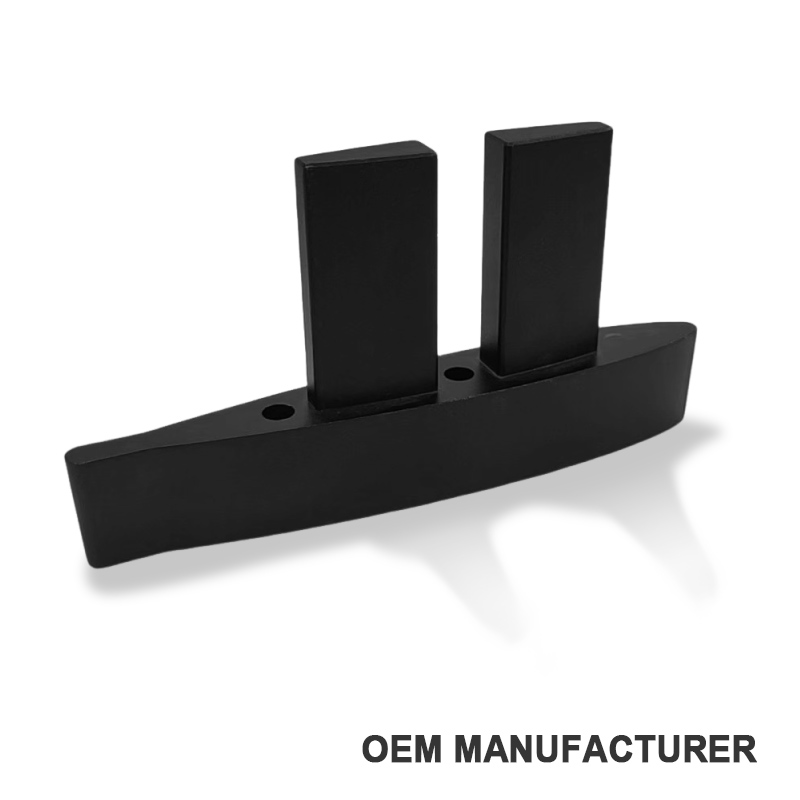Parawing VS Wing Foiling? What are they, and what is the difference between them? Today, the article will show the answer. If it is useful for you, welcome share it with your friends. If you are interested in our carbon hydrofoils, please contact us.
Wing foiling, also known as wing surfing or wing boarding, has transformed water sports by blending surfing, windsurfing, and kiteboarding into an exhilarating experience. Central to this sport are two distinct tools: the parawing and the traditional wing used in wing foiling. With brands increasingly introducing parawings, many riders are wondering whether it’s time to move away from traditional wings. This in-depth guide compares parawings and traditional wings, exploring their advantages, disadvantages, and ideal use cases. Whether you’re a seasoned wing foiler or a beginner eager to join the sport, this article will help you choose the right tool for your needs, optimized for clarity and search engine visibility.
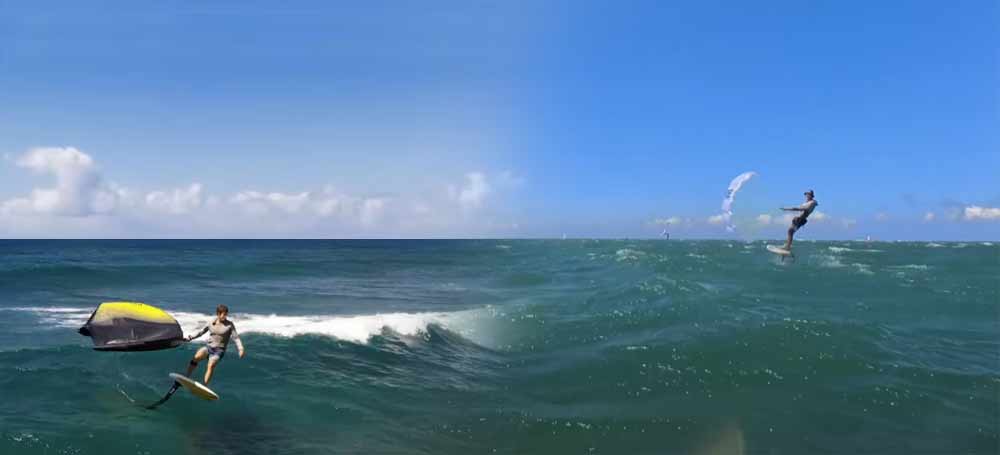
What Are Parawing and Traditional Wingfoiling?
In wing foiling, a sport that combines surfing, windsurfing, and kiteboarding, riders use a handheld wing to harness the wind while gliding on a board equipped with a hydrofoil. Two primary tools are used in this sport: parawings and traditional wings.
Parawing
A parawing is a lightweight, collapsible wing that resembles a small paraglider or kite, specifically designed for wing foiling. It is made from durable, flexible materials that allow it to pack down into a compact size, often fitting into a small bag. Parawings are particularly suited for downwinding—riding with the wind and swells—due to their ability to be stowed during a session, enabling riders to foil freely on a small board and foil, similar to prone foiling. This unique design offers a dynamic, surf-like experience, making parawings a favorite for advanced foilers seeking freedom and portability.
Traditional Wing Foiling
A traditional wingfoiling, often referred to as an inflatable wing, is a rigid, inflatable structure used in wing foiling. It typically features a bladder that is pumped up to maintain shape, along with handles or a boom for grip and control. Traditional wings are known for their stability and versatility, making them suitable for a wide range of conditions and activities, including wave riding, freestyle, and general foiling. Their robust design provides a reliable platform, especially for beginners, and they excel in scenarios requiring precise control, such as surfing waves or performing tricks.
Both parawing vs wings serve the same core purpose in wing foiling—capturing wind to propel the rider—but they cater to different preferences and conditions. Parawings prioritize portability and downwinding, while traditional wings offer stability and broad applicability across various foiling styles.
Advantages of Parawings Over Traditional Wings
1. Exceptional Portability and Storage
For parawing vs wing foiling, parawing is incredibly compact, folding down into a small bundle that takes up minimal space. Unlike traditional wings, which rely on inflatable bladders and rigid booms, a parawing can fit into a small bag, with three or four parawings occupying the space of one traditional wing. This makes parawings ideal for:
-
Travelers, especially those embarking on international trips with limited luggage space.
-
Riders with constrained storage at home or in vehicles.
-
Those who want to carry multiple wing sizes to adapt to varying conditions.
As parawing designs improve and their wind range expands, the need for multiple wings may decrease, further enhancing their portability.
2. Unrivaled Downwinding Experience
Downwinding—riding with the wind and swells—is where parawings excel. Traditional wings can be used for downwinding but often feel bulky, trailing behind the rider. Parawings, however, can be collapsed and stowed, allowing riders to foil on a small board with a small foil, mimicking the freedom of prone foiling. Key benefits include:
-
Positioning yourself optimally in the wind for seamless glides.
-
Relaunching the parawing at the end of a run for repeated downwind sessions.
-
Carving turns with minimal gear, delivering a surf-like experience.
For many foilers of parawing vs wing foiling, this dynamic downwinding capability is the primary draw of parawings, offering a thrilling ride that’s hard to replicate.
3. Fast and Simple Setup
For parawing vs wing foiling, setting up a parawing is significantly quicker than preparing a traditional wing. There’s no need to inflate bladders, attach booms, or secure clamps. Simply unpack the parawing, launch it, and you’re ready to foil. Packing away is just as efficient—fold it, stow it, and go. This is a major advantage for:
-
Riders with limited session time who want to maximize time on the water.
-
Those who prioritize simplicity and convenience in their gear setup.
4. Easy Navigation Through Shore Breaks
Paddling through shore breaks with a traditional wing can be tricky, as the wing can catch waves, leading to wipeouts. Parawings, being collapsible, can be stowed in a pocket, allowing riders to paddle through surf without hassle. Once past the break, the parawing can be relaunched quickly, making it a practical choice for coastal spots with heavy shore dumps.
5. Flexibility with Multiple Sizes
The compact nature of parawings allows riders to carry multiple sizes during a session, which is invaluable in variable wind conditions. Switching parawings is as simple as stowing one and deploying another, without returning to shore or inflating a new wing. This flexibility gives parawings an edge over traditional wings, which require more time and effort to swap.
Parawing vs wing foiling has such advantages for foilers. But now let’s see the disadvantages.
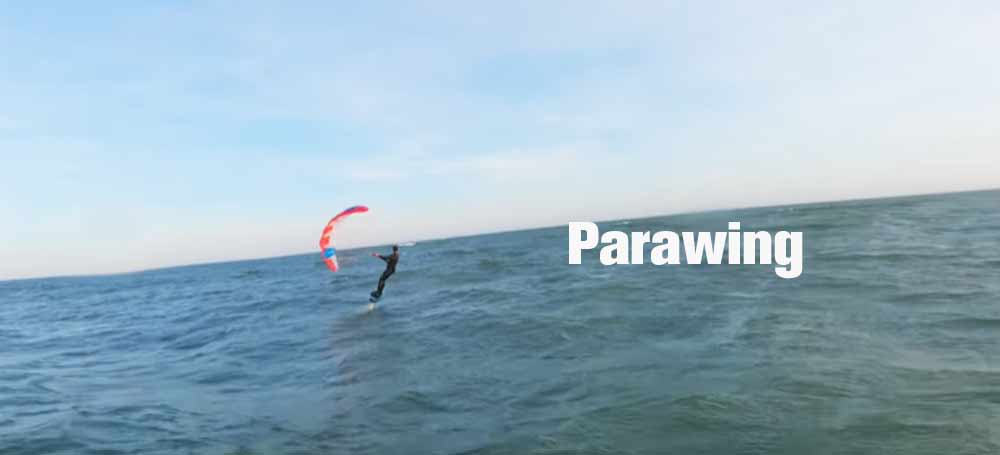
Disadvantages of Parawing Vs Wings
1. Frequent Upgrades and Depreciation
Parawings are still evolving, with brands releasing frequent upgrades as they refine designs. While this drives innovation, it also means older parawings can lose value quickly. Riders may feel pressure to upgrade regularly, which can be costly. For now, consider starting with an entry-level parawing, mastering the basics, and upgrading after a year or two as the technology stabilizes.
2. Limited Wind Range
Parawings currently have a narrower wind range than traditional wings, particularly at the lower and upper ends. Traditional wings perform reliably across a broader spectrum of wind speeds, making them more versatile for general foiling. While parawing designs are improving, riders may need multiple parawings to cover the same range as a single traditional wing, which can offset some storage benefits.
3. Steeper Learning Curve
Learning to use a parawing is more challenging than mastering a traditional wing. Traditional wings offer inherent stability due to their rigid structure, providing a reliable platform for beginners. Parawings, however, rely on wind strength and direction for stability, which can be unpredictable. Tangles, though less severe than kite tangles, are also common. Riders with experience in wing foiling, kitesurfing, or downwinding will adapt faster, but beginners may need more time and patience.
4. Weaker Performance in Waves
For wave riding, traditional wings currently outperform parawings. The stability and precise control of a traditional wing make it better suited for surfing waves, where responsiveness is critical. While parawings may improve in this area, riders focused on wave performance will likely prefer traditional wings for now.
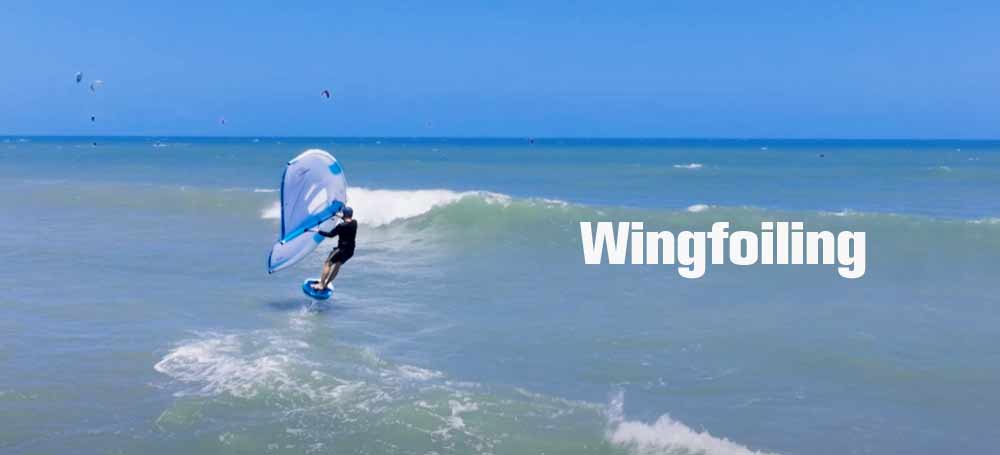
Who Should Choose a Parawing?
Parawings are best suited for specific riders and conditions. Consider a parawing if you:
-
Are an Experienced Wing Foiler: Proficiency in wing foiling (e.g., jibing, tacking, and board control) is essential, as parawings require strong foiling skills.
-
Love Downwinding: If riding swells and bumps is your passion, parawings offer an unmatched experience, especially in onshore conditions.
-
Have Limited Time or Shuttle Support: Parawings enable quick downwind sessions without shuttle logistics, ideal for time-poor riders or those without partners.
-
Want a Faster Learning Curve Than Downwind SUP: Compared to learning downwind stand-up paddleboarding (SUP), parawings are quicker to master, often within a few weeks for competent wing foilers.
-
Live in Onshore Conditions: Parawings thrive in locations with consistent onshore winds, where downwinding opportunities abound.
Who Should Stick with a Traditional Wing?
Traditional wings remain the go-to choice for:
-
Beginners learning to wing foil, thanks to their stability and ease of use.
-
Riders focused on wave riding, where control and responsiveness are paramount.
-
Those seeking versatility across a wide range of wind conditions.
-
Individuals who prefer a simpler, tangle-free experience.
Conclusion: Parawing Vs Wings
The choice between a parawing and a traditional wing in wing foiling hinges on your goals, skill level, and local conditions. Parawings offer unmatched advantages for downwinding, portability, and quick setup, making them a must-have for experienced foilers who crave the freedom of riding swells on small boards. However, their steeper learning curve, narrower wind range, and frequent upgrades make them less suitable for beginners or wave-focused riders. Traditional wings, with their stability and versatility, remain the preferred choice for a broader audience, particularly those prioritizing wave riding or ease of use.
If you’re ready to tackle the parawing challenge, start with an entry-level model and embrace the learning process. For those content with traditional wings, there’s no need to switch—both tools have a place in the vibrant world of wing foiling. Get out on the water, experiment, and find what fuels your passion.

